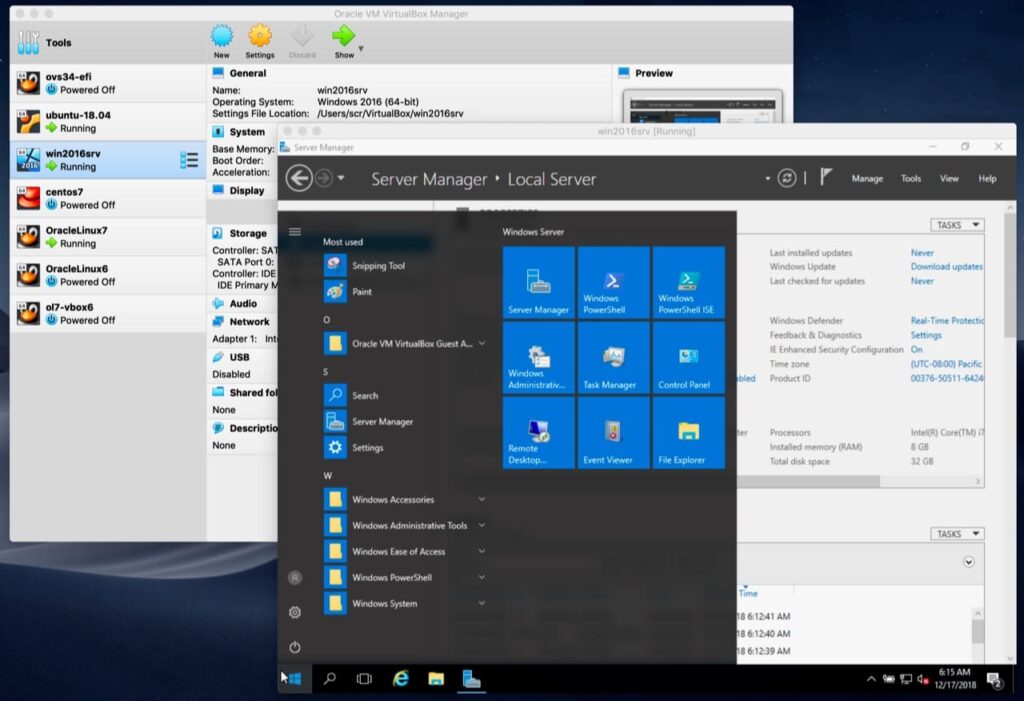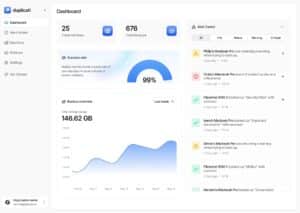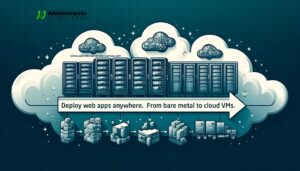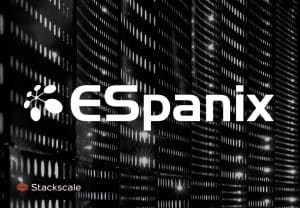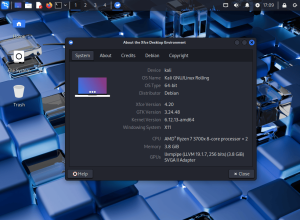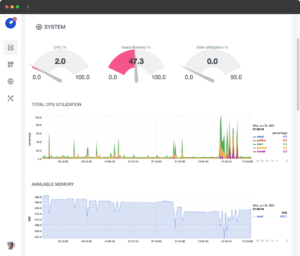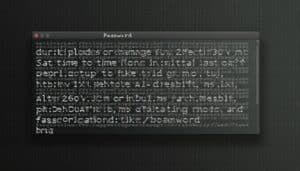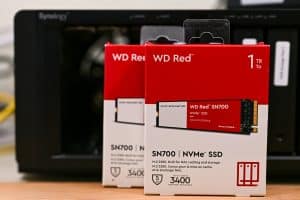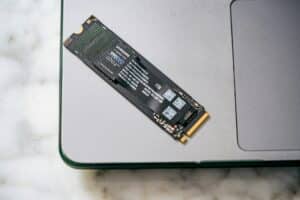Oracle has officially released VirtualBox 7.2, the latest stable version of its free, open-source, cross-platform virtualization software for GNU/Linux, Solaris, macOS, and Windows. This new update delivers significant improvements for Linux users, strengthens ARM virtualization, and introduces better graphics handling—making it one of the most substantial updates in recent years.
Linux-first: Kernel 6.16 and 6.17 support
One of the headline features is initial support for the upcoming Linux 6.16 and 6.17 kernels, available on both hosts and guests. This ensures that sysadmins and developers running bleeding-edge Linux distributions won’t be left behind when updating their systems.
The release also enhances Guest Additions for Oracle Linux 10 and Red Hat Enterprise Linux 10, fixes handling of the vboxvideo kernel module in initialization scripts, and even improves backward compatibility with older kernels such as the 2.6 series, resolving failures that previously blocked VBoxClient from starting.
Graphics and performance upgrades
VirtualBox 7.2 introduces video decoding acceleration for Linux hosts when 3D support is enabled—an upgrade that should significantly improve multimedia and graphics performance in Linux environments. Several long-standing quirks have also been fixed, including swapped scan codes for Pause and Num Lock keys on Xkb-based translations, synchronization issues in video recording, and memory leaks.
On macOS ARM, the update delivers experimental 3D acceleration using DXMT, replacing the older, less stable DXVK + MoltenVK workaround. This provides a more reliable graphics pipeline, though Oracle warns that 3D acceleration is no longer supported on Intel-based macOS hosts.
ARM virtualization: Windows 11 comes into play
Perhaps the most strategic improvement is on the ARM front. VirtualBox 7.2 now supports:
- Virtualization of Windows 11 ARM systems, both as hosts and guests.
- New Guest Additions for Windows 11 ARM, including WDDM graphics drivers (2D and 3D), shared folder integration, and improved desktop experience.
- Availability of services like vboxwebsrv for ARM hosts.
For Windows on ARM users, the update consolidates installers into a unified package, making it easier to deploy across environments—an important step as Copilot+ PCs and ARM-powered laptops gain adoption.
User interface refinements
The graphical user interface also received a notable refresh:
- Global and VM tools have been moved out of the hidden “hamburger” menus and placed directly into the global taskbar and VM tabs for easier access.
- Preferences and Settings pages have been polished for usability.
- A new checkbox now allows administrators to mark shared folders as global across all VMs.
- The outdated IO-APIC option has been removed from ARM VM settings.
Under the hood: virtualization and networking
VirtualBox 7.2 introduces several low-level optimizations that will be particularly valuable for system administrators and developers:
- Support for x86_64-v3 instruction set extensions (including AVX and AVX2) when running on modern CPUs.
- Improved nested virtualization on Intel CPUs, strengthening test lab scenarios.
- Enhanced x86_64 and ARM CPU feature reporting when using Microsoft Hyper-V as the backend engine.
- Integration of NVMe storage controller emulation into the open-source base package, removing previous licensing barriers.
- A unified codebase for NAT and NAT Network, leading to better DNS handling, improved consistency, and reduced crashes.
Why it matters
While Oracle’s VirtualBox is not positioned as a direct competitor to VMware ESXi, Microsoft Hyper-V, or Proxmox VE in enterprise production environments, it remains a vital tool for developers, sysadmins, QA teams, educators, and IT labs. Its ease of use, cross-platform availability, and robust feature set continue to make it the go-to virtualization platform for testing and learning.
The addition of early support for Linux 6.17, improved ARM virtualization for Windows 11, and performance boosts for graphics confirm Oracle’s intent to keep VirtualBox relevant in an increasingly heterogeneous world where x86_64, ARM, and hybrid workloads coexist.
The new release is now available for download as a universal binary installer, covering most modern GNU/Linux distributions and other supported platforms, directly from the official Oracle VirtualBox website.
Source: Changelog virtualbox

